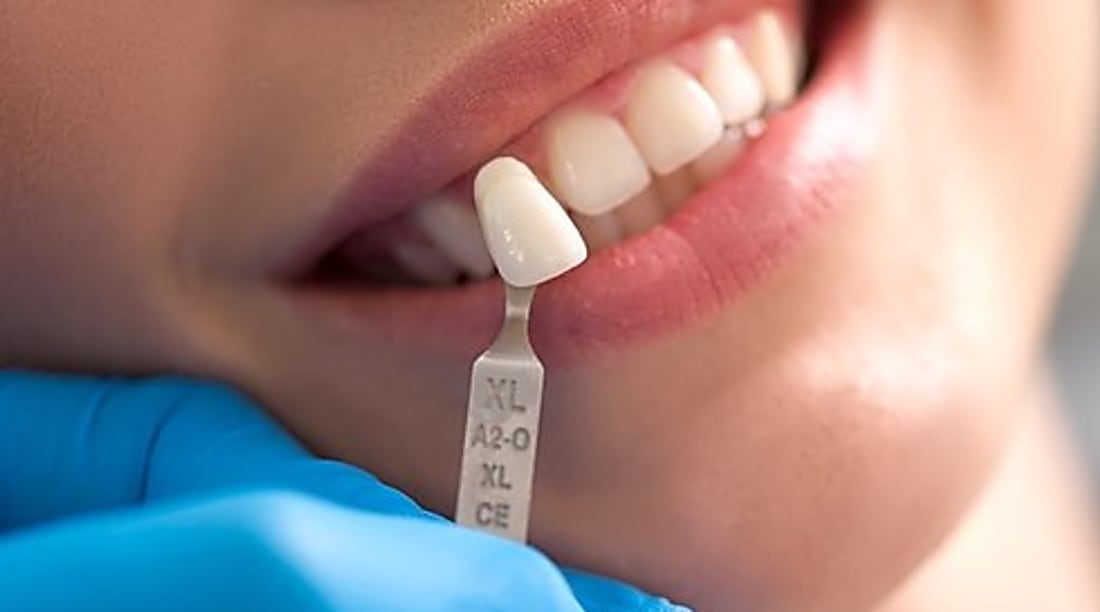Dentures Demystified: Complete Guide to Restoring Smiles
Thinking about dentures? This comprehensive guide walks you through the different denture options—from full and partial sets to implant-supported and flexible "invisible" styles—plus benefits, fitting steps, maintenance tips, and typical costs. Learn how to choose the right solution to rebuild function, appearance, and confidence with practical, up-to-date information.

Dentures remain a trusted choice for people replacing missing teeth. Modern prosthetics can restore chewing function, support facial features, and deliver a natural-looking smile. This guide explains the main denture types, the advantages they bring, what to expect during fitting, how to care for them, and typical price ranges to help you make an informed decision.
Denture options: which types are available?
Dentures come in several designs to meet different clinical needs and lifestyle preferences:
-
Complete dentures: Intended for patients who have lost all teeth in the upper jaw, lower jaw, or both. These full-arch prostheses recreate an entire dental arch and are used when remaining teeth are absent or must be removed.
-
Partial dentures: Designed to fill gaps when some natural teeth remain. They preserve the position of existing teeth and restore function where tooth loss has occurred.
-
Immediate dentures: Fabricated in advance and fitted right after tooth extractions so patients aren’t without teeth during the healing period. They often require later adjustment or replacement as gums and bone change.
-
Implant-supported dentures: Anchored to dental implants surgically placed in the jawbone, these provide superior stability and feel more like natural teeth. They’re a good option when bone health and budget allow for implant therapy.
-
Flexible (“invisible”) dentures: Made from pliable thermoplastic materials, these dentures adapt to mouth movements and blend with the gum line. Their flexible bases eliminate bulky metal clasps and can be more comfortable for some wearers.
Key benefits of wearing dentures
Wearing dentures can deliver several important advantages beyond simply filling gaps:
-
Restored appearance: They recreate a natural tooth line and help preserve facial contours that can sag after tooth loss.
-
Improved chewing: Dentures enable a broader diet and better digestion by restoring bite function.
-
Clearer speech: Replacing missing teeth can correct speech changes caused by gaps.
-
Boosted self-esteem: Having a complete smile often improves social confidence and professional presence.
-
Facial support: Dentures help maintain the structure of the mouth and cheeks, reducing the hollowed look associated with missing teeth.
-
Customizable look: Today’s dentures can be tailored in tooth shade, shape, and alignment to match an individual’s appearance and preferences.
What to expect during the denture process
Getting dentures usually involves several appointments to ensure fit, comfort, and appearance:
-
Initial consultation: Your dentist evaluates oral health, discusses goals, and recommends suitable denture types.
-
Impressions and measurements: Detailed molds and bite records are taken so the lab can craft an accurate prosthesis.
-
Try-in and adjustments: Wax or trial dentures let you assess how teeth look and feel; your dentist will fine-tune fit, bite, and aesthetics.
-
Final placement: The completed dentures are fitted and adjusted for comfort. Minor tweaks are common in the first few visits.
-
Follow-up care: Regular appointments help maintain fit as tissues change and to check oral health under the denture.
Caring for your dentures
Proper maintenance prolongs the life of your prosthesis and protects oral tissues:
-
Clean daily using a soft denture brush and a cleaner made for dentures; avoid abrasive household cleaners.
-
Remove and soak dentures overnight in a recommended solution to keep them moist and sanitary.
-
Handle with care to avoid drops or fractures; consider lining sinks or placing a towel underneath when cleaning.
-
Schedule routine dental check-ups so your dentist can check fit, relines, and the health of remaining tissues or implants.
Typical costs and what to budget for
Below is a general price range for different denture types in the United States. Actual costs vary by location, materials, and the complexity of care.
| Type of Denture | Average Cost Range |
|---|---|
| Complete Dentures (upper and lower) | $1,000 - $3,000 |
| Partial Dentures | $700 - $1,800 |
| Implant-Supported Dentures | $7,000 - $90,000 |
| Immediate Dentures | $1,500 - $3,500 |
| Invisible (Flexible) Dentures | $1,000 - $2,500 |
Prices, rates, or cost estimates mentioned in this article are based on the latest available information but may change over time. Independent research is advised before making financial decisions.
Many dental insurance plans cover a portion of denture costs, and dental practices often offer payment plans or financing to spread out expenses. Implant-supported options are substantially more expensive due to surgical and laboratory fees but often provide longer-term function and stability.
Are flexible or “invisible” dentures right for you?
Flexible dentures are popular for their comfort and subtle appearance. Because they lack metal clasps and are made from a thin, adaptable material, they can be gentler on tender gums and less conspicuous when smiling. Other benefits include a lower risk of cracking if dropped and suitability for patients with metal sensitivities.
However, flexible dentures aren’t ideal in every case. They may not provide the same structural support for larger tooth gaps as traditional acrylic or implant-supported solutions and can be harder to reline or repair. A dental professional can assess whether a flexible prosthesis is appropriate based on the number of missing teeth, bite forces, and oral anatomy.
Making the decision
Choosing the right denture involves balancing comfort, function, aesthetics, and cost. Discuss your lifestyle, budget, and oral health with your dentist to identify the best option—whether that’s a conventional complete or partial denture, an immediate temporary set, a flexible base, or an implant-retained solution.
This article is for informational purposes only and should not be considered medical advice. Please consult a qualified healthcare professional for personalized guidance and treatment.






